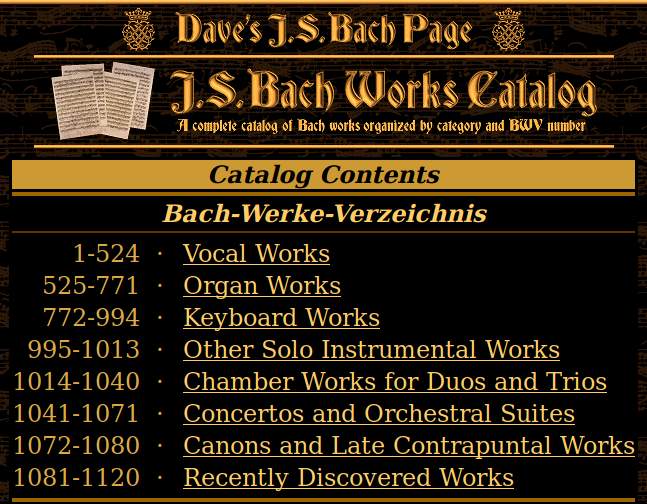Roman Festivals - Feste Romane
Ottorino #Respighi
⏯ https://youtu.be/uMRlRPlr9L4
"The first section is a lurid depiction of the Circus Maximus under Nero, with Christians, lions, and gladiators fighting it out among the roars of the crowd. The second (4:50) paints a trail of Christian pilgrims trodding toward the now Eternal City of Papal Rome. The third suggests L’Ottobrata, the city’s October Festival (12:15), mixing sounds of the hunt with serenades of love. (Notice the swaggering italianità of 14:00 and the mandolin tune of 16:25; we are beginning the turn towards the Roma of Fellini and Nino Rota.) And the fourth (19:45) is a raucous portrait of La Befana, the night before Epiphany as celebrated in a very twentieth-century Piazza Navona. Connoisseurs—like Adams—will notice that the piece, for its time, wasn’t so “conservative” after all: the third and fourth movements are sometimes reminiscent of the “Petrushka” of Stravinsky, who, like Respighi, studied with Nikolai Rimsky-Korsakov, one of the most imaginative orchestrators of all time."
-Russell Platt
#classical-music

